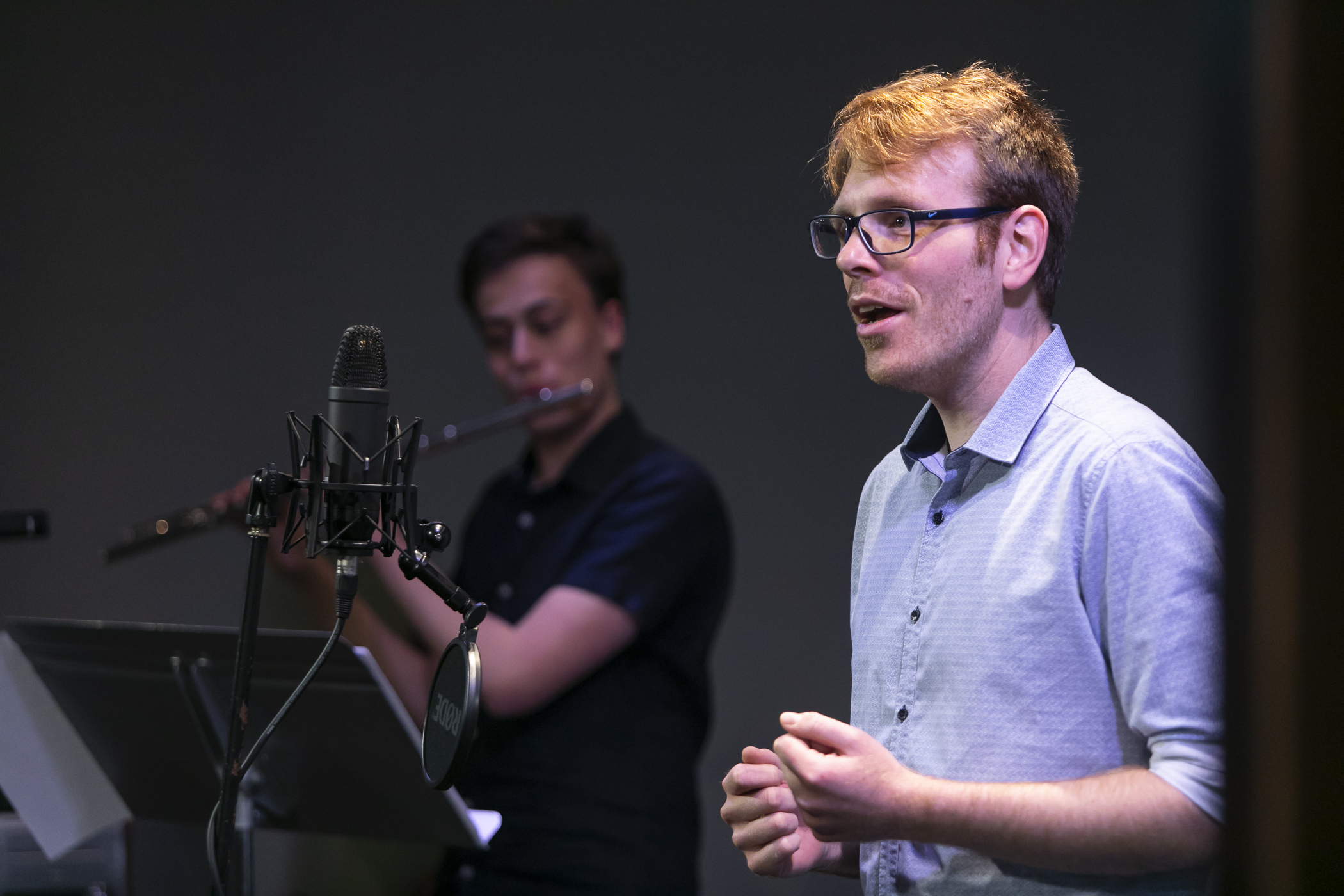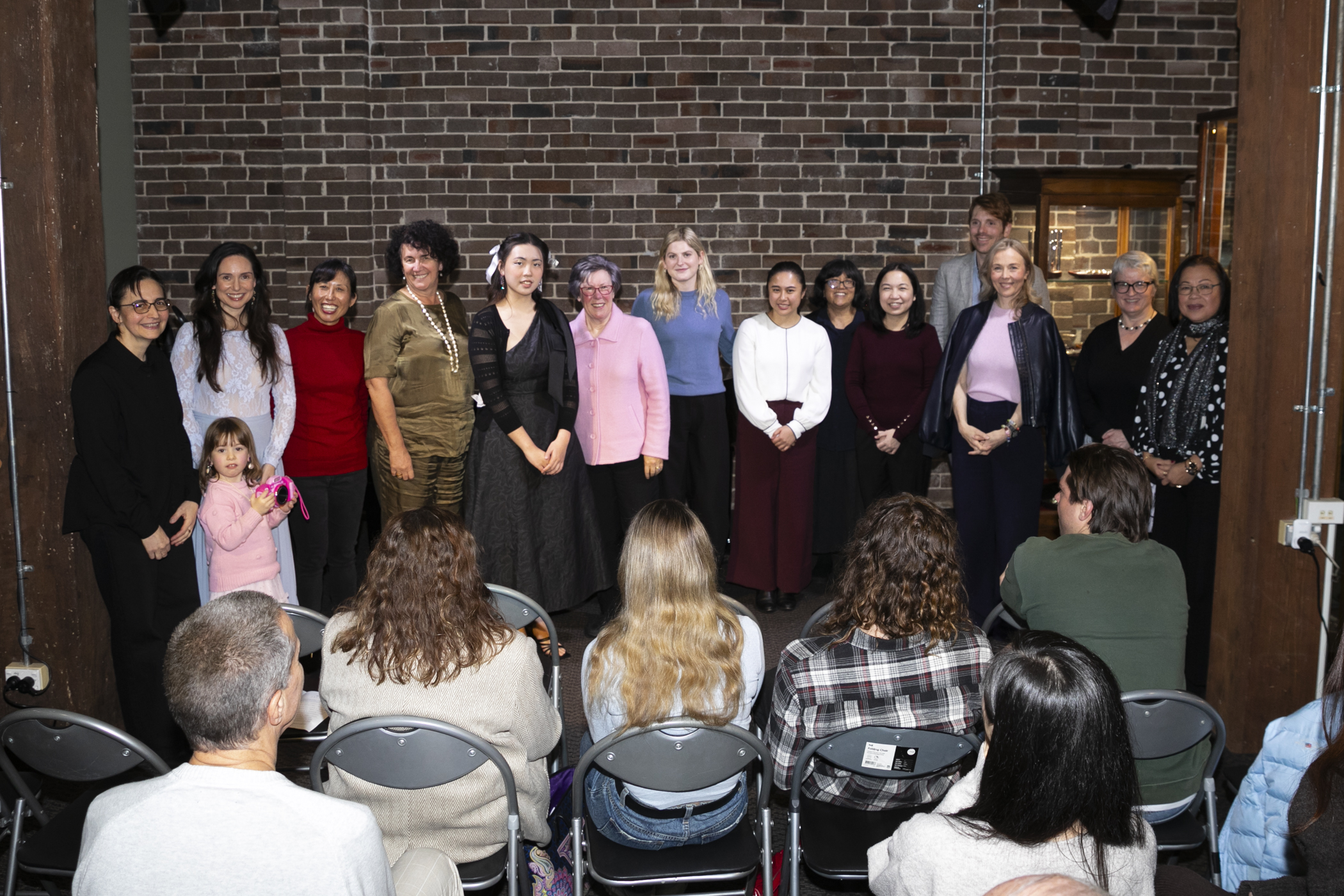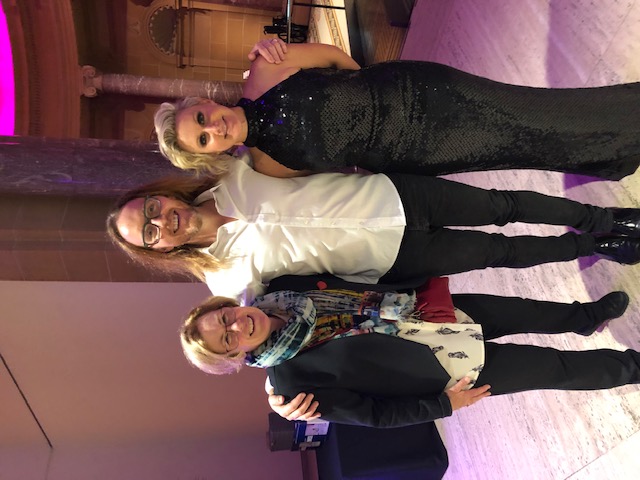Let’s Get Physical: Singing Better Starts In Your Body
Even if you’re an accomplished singer, sometimes you need to return to the foundation techniques of a well-functioning voice, to correct any voice weakness and produce an even better sound. I
What are these foundations? Breathing and posture, essentially. When you get these right, you’ll enjoy singing better with ease, and you’ll be equipped to attempt more challenging songs.
Correcting your physicality gives space to the musicality. This means by improving your posture and breath support, you open your body, head and mouth spaces to easily create a better sound.
Jake Severino, one of my more accomplished singing students, is highly experienced, performing in many musical theatre productions. While he hadn’t had formal singing lessons, Jake does have an acting background. He wanted to correct his breath control to sing sustainably and with a better tone, so he can gain more professional experience in theatre.
First, we needed to adjust his posture from his head right down to the spacing of his feet!
“I’ve slowly replaced the bad techniques I’d taught myself with good ones,” Jake says. “For example, on my in-breath, I needed to open up much more space lower in my body for air to fill, allowing my ribs to expand. On my out-breath I needed to start my engagement right down in my lower abs – and keep it all engaged right through to the end. Other issues we worked on included: relaxing my tight jaw, not engaging my throat, keeping the back of my tongue, free and loose, with the front of my tongue flexible and in the correct positions, for better shaping of vowels. Working with Kathleen, I’ve learnt just how physical the act of singing is!”
Sometimes, when we learn by mimicking other singers, there is tension, so I teach my students to find how a style of singing can fit their body. Jake is finding his style, already noticing improvements in his voice and performance at our Studio Concert, about 6 months after starting lessons.
“I was used to singing in musicals with plenty of distractions from my vocal performance – the set, the lights, the story, a big flashy dance number. This was the first time I’d really had the opportunity to stand in front of an audience and sing a song,” he says. “I didn’t perform perfectly, but as I reflected on my performance after the concert, I felt proud of it.”
Acknowledging your progress spurs you on to even greater improvement, so I encourage my students to ask themselves: “What went well?”
Singing with ease is a different kind of work than you might think. And learning to sing correctly is a process, as Jake has discovered: “A year and a half later, I’m still working on my breath control, but I feel I’m on the right track. It’s a long process of building new neural pathways, but each day I practise, these steps become more automatic. So, while the process is ongoing, I definitely have experienced improvements, and I’m focusing on other areas of my singing too. Kathleen is such an encouraging teacher and has filled me with such a confidence in myself and my voice.”
No matter what your level of singing experience, as a professional singing teacher, I can help you build stronger foundations. Find out how.




